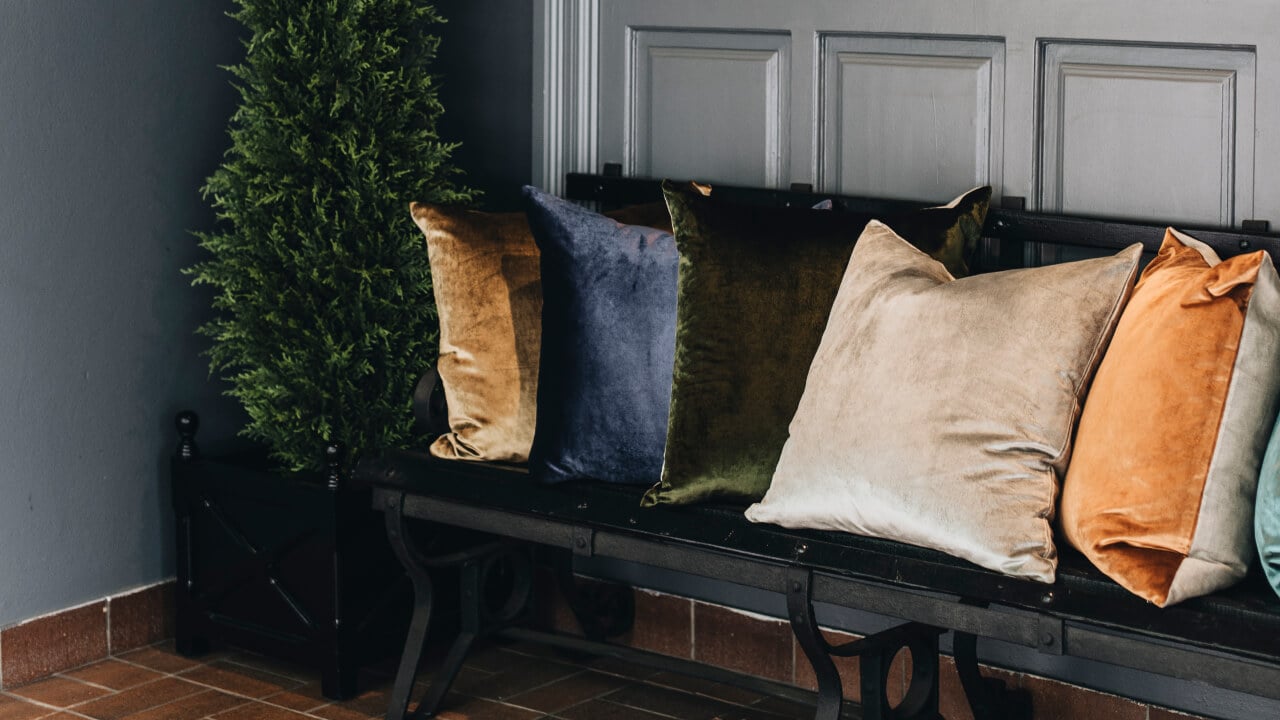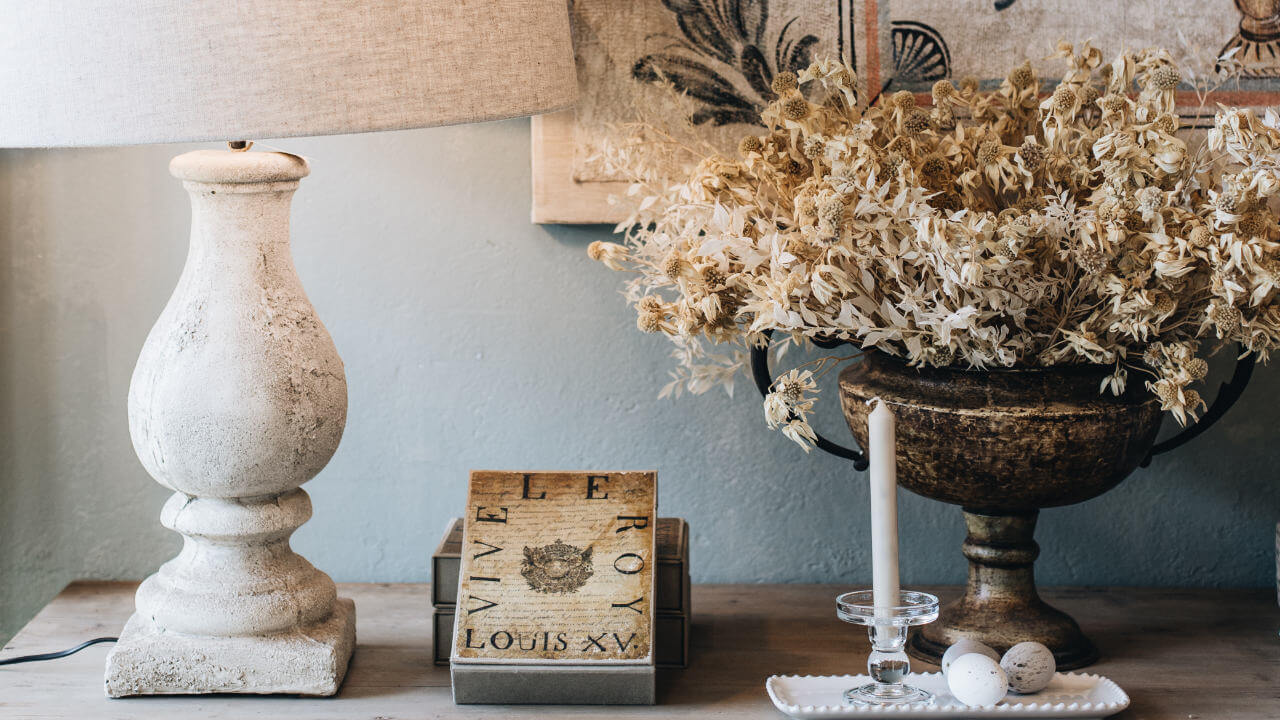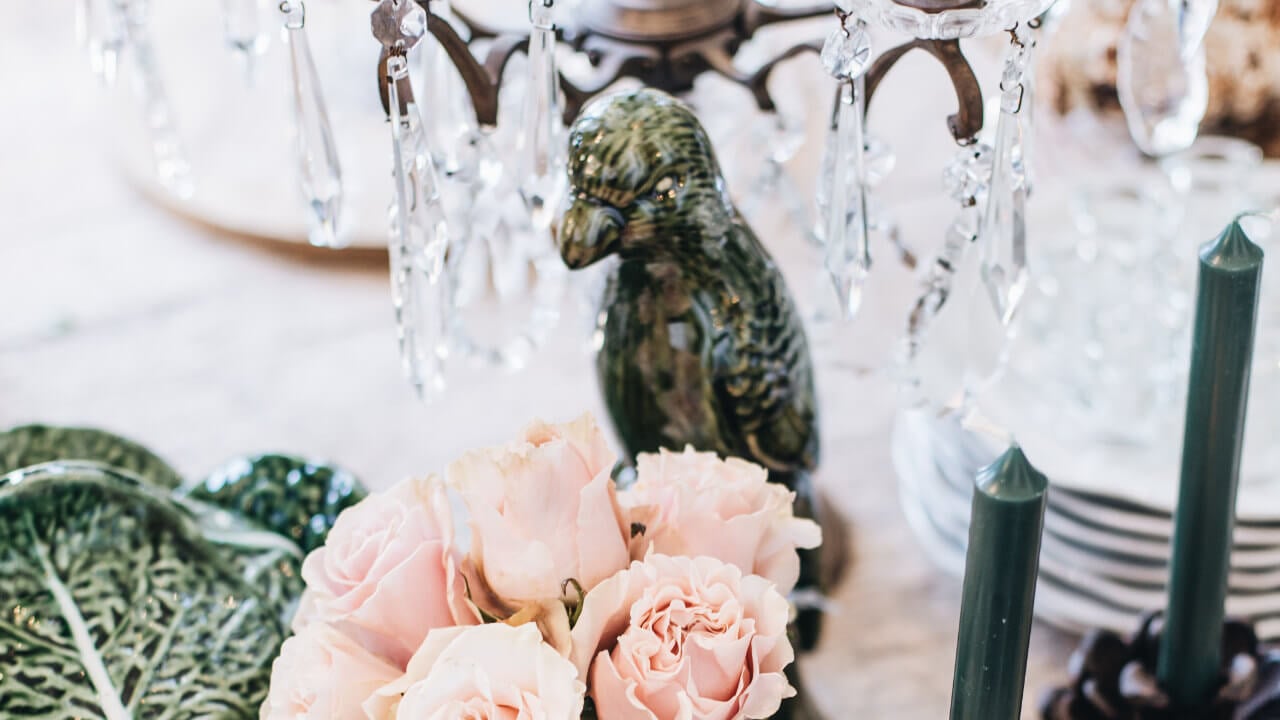When it comes to choosing the ideal soft furnishings for your home it can be tempting to base your decisions solely on the aesthetic appeal or feel of the fabric.
However, choosing the right fabrics and textiles for your home also depends on your personal decor style, the atmosphere you want to create, the purpose it will serve, and the alignment of your lifestyle requirements.
Soft furnishings play a crucial role in interior design, adding warmth and texture while complementing the architectural elements of a space.
Items such as cushions, throws, area rugs, curtains, and fabric shades inject colour, pattern, and tactile interest into a room, softening its appearance and enhancing its comfort.
SHOP THE SOFT FURNISHING COLLECTION
This is an updated version of the original blog created in June, 2023.
Here are some of our recommendations for selecting the right soft furnishings for your home:
Soft Furnishings Selection Tip #1
Define your Interior Design Style
Before selecting fabrics, it's important to have a clear understanding of your personal style since fabric types vary depending on the design styles.
As a first step, we recommend taking our interior design style quiz here.
We also have over 100 videos covering different interior design styles on our YouTube channel "Suzie Anderson Home", which you can find here.
Next, look for more inspiration in design magazines, Pinterest, and social media platforms. Explore interior design projects that align with your style and take note of the fabrics they use. This can help you visualize how different fabrics can work together to achieve the desired look.
Photo Source: Tiffany Leigh Design
Soft Furnishings Selection Tip #2
Consider the Mood & Ambience
Now that you have an understanding of your personal style, think about the mood you want to evoke in your space.
Do you prefer a cosy and inviting atmosphere, a sleek and refined look, or a laid-back and relaxed feel?
The fabrics you choose play a key role in creating your desired ambience.
For example, if you desire a traditional or elegant feel, you might choose silk, velvet, or damask fabrics. If you want a more casual or rustic feel, you might opt for cotton, linen, or burlap fabrics.
For a laid-back, inviting feel, look for textures that are soft, thick, and sumptuous to the touch, such as velvet, faux fur, flax linen, boucle, chenille, shag, soft cotton, and luxury merino jersey wool.
Other common descriptors include:
-
Calm
-
Bright
-
Eclectic
-
Soothing
-
Romantic
-
Cocooning
-
Welcoming
Alby Chocolate 100% Wool Blanket

$370.00
Crafted from premium Australian wool, our luxurious Alby collection is a testament to craftsmanship and design. Designed exclusively in-house, the classic checked pattern is complemented by an organic, handwoven texture. Materials: 100% Australian Wool Chocolate Features: Earth tones Dimensions: Large:… read more
Photo Source: Architectural Digest
Soft Furnishings Selection Tip #3
Exploring Fabric Patterns
Introducing patterns into your soft furnishings is a fantastic way to infuse personality and character into your living space. Whether you're aiming for a cosy retreat, a modern oasis, or a coastal haven, selecting the right patterns can enhance the overall ambiance of your home.
When selecting soft furnishings, it's essential to consider various factors:
-
Plain vs. patterned
-
Smooth vs. textured
-
Heavy vs. light
-
Bold vs. neutral
You may also consider introducing a beloved fabric, motif, or pattern as a starting point for your soft furnishing choices.
Here's a closer look at how different fabric patterns can complement some popular interior design styles:
- British Colonial Style: Embracing the charm of British Colonial interiors often involves incorporating vibrant tropical, animal, or floral prints into your soft furnishings. These bold patterns evoke a sense of adventure and exoticism, reflecting the colonial influences of distant lands. Consider upholstery fabrics with lush palm leaves, intricate animal motifs, or vivid floral arrangements to capture the essence of this style.
- Classic Contemporary Style: In Classic Contemporary interiors, patterns are used to add visual interest and sophistication to the space. Opt for fabrics featuring timeless motifs such as stripes, geometric prints, and elegant nature-inspired designs. These patterns seamlessly blend modern aesthetics with traditional elements, creating a harmonious balance between sophistication and comfort. Look for decorative pillows adorned with fringed details and contrasting trims to add texture and depth to your furnishings.
- Coastal Style: Coastal interiors are characterized by their relaxed, beach-inspired vibes and breezy colour palettes. When it comes to fabric patterns, think ticking and larger stripes, geometric motifs reminiscent of sea waves, and large-scale abstract designs inspired by nature. Additionally, consider incorporating raised textured embroidery and waffle designs to mimic the texture of seashells and sandy shores. These patterns evoke a sense of tranquility and serenity, perfect for creating a coastal-inspired retreat.
Soft Furnishings Selection Tip #4
Consider Texture
Texture plays a crucial role in the realm of interior design, adding depth, dimension, and visual interest to any space. When selecting soft furnishings, considering texture is key to creating a cohesive and inviting environment.
Textile fibers fall into three main categories:
-
Natural fibres: Derived from plants, grasses, and animal hides, these fibers breathe well and can be dyed in a wide range of colors.
-
Synthetic fibres: Man-made and hydrophobic, meaning they repel moisture. Modern productions can closely mimic natural fibers like linen and wool.
-
Hybrids: Rayon and viscose, made from wood pulp, offer a balance between natural and synthetic properties.
Here's how you can leverage texture to enhance the tactile experience in your home:
1. Creating a cosy Retreat: If you're aiming for a snug and welcoming ambiance, opt for fabrics with a soft and plush texture. Luxurious materials like velvet, cashmere, chenille, and faux fur offer a sumptuous feel that invites you to sink in and relax. These fabrics are perfect for upholstered furniture, throws, and cushions, adding a touch of elegance and comfort to your living space.
2. Embracing Casual Comfort: For a more laid-back and relaxed feel, consider fabrics with a lightweight and organic texture. Belgian flax linen, cotton, bamboo, and merino wool offer a breezy and natural aesthetic that exudes casual sophistication. These materials are ideal for curtains, bedding, and casual seating, infusing your home with a sense of ease and tranquility.
3. Layering Textures for Depth: Experiment with layering different textures to create visual interest and depth in your space. Mix and match velvet cushions with linen throws, or pair a plush rug with woven bamboo blinds. By combining contrasting textures, you can add dimension to your decor and create a multi-dimensional sensory experience.
4. Balancing Textures with Patterns and Colours: When mixing textures, it's essential to consider how they interact with patterns and colors in your space. Aim for a harmonious balance by selecting fabrics that complement each other in terms of texture, pattern, and colour. Avoid overwhelming the senses by limiting the number of contrasting textures and opting for cohesive combinations that enhance the overall aesthetic of your home.
Here is another resource we recommend for learning more about the different fabric types.
Soft Furnishings Selection #5
Consider the Fabric's Function
When choosing soft furnishings, consider their intended function:
-
Upholstery Fabrics: Prioritize durability, style, and stain resistance for sofas, chairs, and ottomans. Opt for easy-to-clean materials like leather or performance fabrics.
-
Window Treatments: Choose based on room needs. Use blackout blinds for bedrooms and light-filtering drapes for living areas, considering both function and aesthetics.
-
Decorative Cushions and Bedding: Select fabrics based on season, visual appeal, and texture. Use lightweight cotton or linen for warmer months and plush fabrics like velvet for colder seasons.
-
Custom Furniture: Explore various fabric options for custom pieces. Consider comfort, durability, and style preferences, and consult experts for guidance.
By understanding the function of each soft furnishing, you can create a comfortable and visually appealing living space tailored to your needs.
Soft Furnishings Selection Tip #6
Consider Longevity
Performance expectations are another critical consideration. Certain fabrics age better than others, so it's essential to think about the level of wear the fabric will endure and its source—whether from kids, pets, moisture, or sunlight exposure.
Will you still love the fabric in a few years?
By selecting upholstered or slip-covered pieces, bedding, and window treatments with a timeless appeal, such as those in soft neutrals, they are more likely to maintain their appeal.
How does the fabric withstand the test of time?
Certain fabrics are more durable than others, with some even getting softer and more appealing over time, such as the case of linen.
For example, while linen may feel slightly stiff initially, it softens with use and laundering. The fabric becomes more comfortable, and pliable, and develops a beautiful drape. As you continue to use and wash linen items, they become even softer and more appealing, enhancing their overall comfort and aesthetic.
Photo Source: Alison Geise
Some fabrics recognised for their durability include:
-
Leather: Genuine leather is known for its exceptional durability and longevity. It is resistant to scratches, spills, and stains, and tends to develop a beautiful patina over time. However, it requires proper care and maintenance to ensure its longevity.
-
Microfiber: Microfiber fabrics are made from tightly woven synthetic fibers, usually polyester or nylon. They are highly durable, resistant to stains, and can withstand heavy use. Microfiber is also relatively easy to clean and maintain.
-
Canvas: Canvas is a sturdy, heavy-duty fabric typically made from cotton or a cotton blend. It is known for its strength and durability, making it suitable for upholstery, outdoor furniture, and accessories. Canvas fabrics are often treated to enhance their resistance to water and stains.
-
Wool: Wool is a natural fiber that is known for its strength and resilience. It is resistant to wrinkles and creases and can retain its shape even after prolonged use. Wool fabrics, such as wool blends or tweed, are a good choice for upholstery, rugs, and blankets.
-
Linen: Linen is considered one of the oldest known textiles, and its long history is a testament to its durability. It has been used for centuries due to its ability to maintain its quality and appearance over time.
Some fabrics may also require special care, while others are more low-maintenance. For example, silk and velvet may require professional cleaning, while cotton and polyester blends are generally easier to clean.
This also involves taking into account the climate in your area. If you live in a hot and humid region, breathable fabrics like cotton or linen can help keep you cool. In colder climates, you might prefer warmer fabrics like wool or fleece.
Photo Source: Amy Neunsinger
Fabric Choice and Design Style Summary
Here is a list of recommended fabrics based on some of the design styles showcased on our website.
- Country Style: Hopsack, Leather, Cotton, Flax Linens
- French Style: Rich Silk Taffeta, Mohair Velvets, Damask, Brocade, Linen
- Belgian Style: Stonewashed Flax Linens, Cotton, Faux Fur, Wool
- Coastal Style: Natural Stonewashed Linens, Muslin, Calicos, Washed Cotton
- Japandi Style: Textured Linens, Brushed Cotton, Velvet, Chunky Wool Knits, Jute, Hemp
- British Colonial Style: Animal Hides, Seagrass or Jute, Lightweight Linen, Cotton, Muslin
- Classic Contemporary Style: Natural Flax Linens, Cotton, Wool, Cashmere, Silks, Velvets
Remember, your design style is personal, so choose fabrics that resonate with you and reflect your unique taste and personality. Whether you prefer the relaxed vibe of coastal style or the elegance of French decor, selecting the right fabrics will help you create a home you love.
















